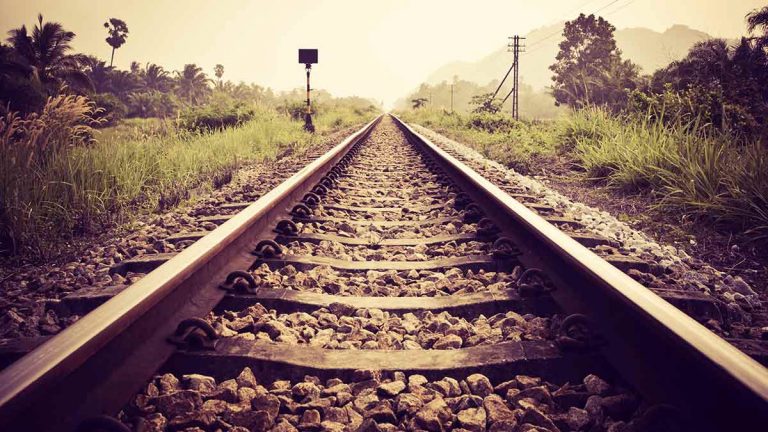Ah, the romance of rail travel! Who doesn’t love the idea of clattering along across America’s wide open spaces, taking in the scenery as you are swiftly and painlessly shuttled to your destination? Actually, the answer to that question is “most people.” In fact, pretty much the only defenders of rail travel these days are government employees with the power to force other people to pay for it.
Such is the case with Vice President Joe Biden, who recently announced plans for the federal government to loan $2.45 billion to Amtrak, the largest such loan in the nation’s history. Why the government feels compelled to continue bailing out the failed rail system is a mystery. In 2015, Amtrak operated at a loss of $306.5 million. Any private company that performed so poorly, year after year, would have long since gone out of business. Yet Amtrak soldiers on, supported by the tax dollars of people who don’t ride it.
Economist Robert Samuelson points out exactly what a waste of money Amtrak is. The rail system averages about 85,000 riders daily. That may sound like a lot, but it’s less than five percent of daily domestic airline travel and less than one percent of commuters who drive. Amtrak caters to an extremely tiny portion of American commuters, yet costs taxpayers about $1.5 billion a year in subsidies. (Remember, that’s in addition to the ticket prices paid by the few people who actually ride the thing.)
Maybe it’s personal. In his announcement of the loan, Biden waxes nostalgic about his time riding the rails when he was a Delaware senator. I’m glad that the vice president was able to make some happy memories, but that doesn’t mean we should all be forced to pay for his personal preferences. I happen to like Flamin’ Hot Cheetos, weird music, and moustache wax, but I don’t think the rest of the country should have to subsidize my eccentric tastes.
Throwing money away on public transportation is one of the things government does best, as my colleague Maria Jeffrey recently noted in her coverage of an unbelievably pointless D.C. trolley system costing $200 million. And proposals for light rail projects keep cropping up around the country, despite an utter lack of demand or potential for profitability.
Defenders of these projects will argue that government is simply providing a public service for those who need it, but it’s not as if there aren’t other options. As noted above, most people choose to drive rather than take Amtrak, proving that they find cars more convenient than trains. For those who don’t wish to or can’t drive, the private sector is doing a remarkably good job of providing alternatives. As I noted in a recent article, services such as Uber and Bridj are already solving the transportation problems of non-drivers, and the introduction of driverless cars, occurring this very minute, is going to make things even better.
In the 21st century, rail travel is an anachronism. That Amtrak is unnecessary is evidenced by the fact that the company cannot induce riders to pay what it actually costs to operate and can only barely induce people to ride at substantially subsidized rates. It’s time to pull the plug on government-funded mass transit, and leave innovation where it properly belongs: the private sector.
This article originally appeared on Conservative Review.














Add comment